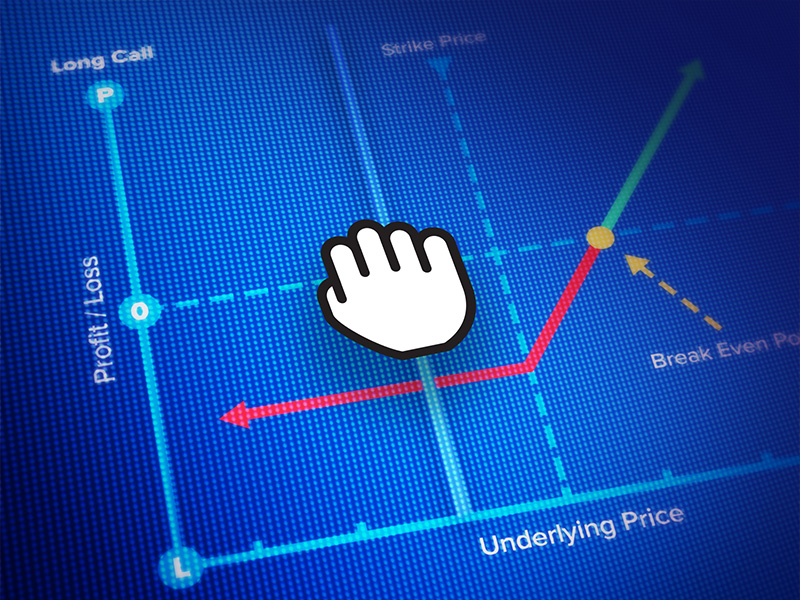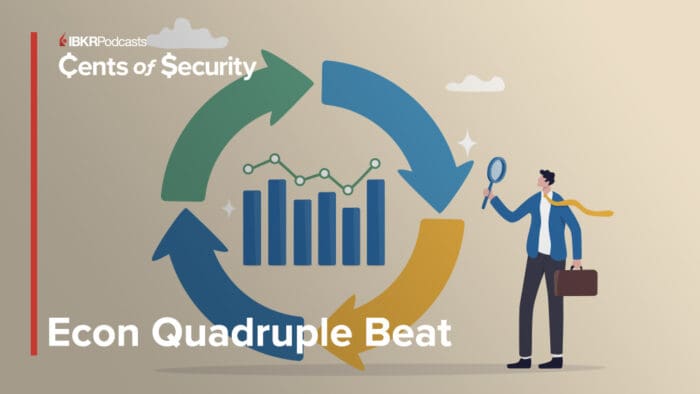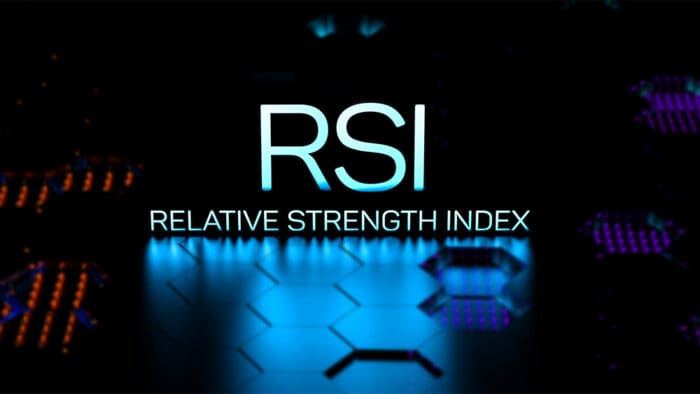Think of President Donald Trump as a large-capitalization stock with actively traded options that are volatile and hard to price. As unusual as that analytical framework might be, looking at Trump as an exchange-traded security might make his unpredictability easier to understand.
The simplest way to “securitize” Trump is to use the Cboe Volatility Index or VIX, as a guide to making financial decisions based on his key moves. The market’s so-called fear index could serve as a well-known market barometer to help investors better manage their positions, and their own emotional and intellectual reactions, as Trump uses tariffs to remake global trade and America’s economy.
In early January, when investors still thought Trump’s second term would make them richer, the VIX was sitting at a benign 16, implying the S&P 500 index would move 1%, up or down, each day over the next 30 days. The reading was misleading. If the VIX ever drops to the 16-to-19 range again—let’s call this the Good Trump VIX—don’t expect it to last. Investors should consider reducing portfolio risk, taking profits on options positions, and buying put options to prepare for stocks to plunge.
As investors began to understand that Trump was serious about tariffs, the VIX rose to around 60 on April 7, implying the S&P 500 would move 3.75%, up or down, over the next 30 days. Call it the Tough Trump VIX, and that is bad for stocks, but often not for long. When the VIX hits 60, a historically elevated level, investors are usually too afraid to think clearly, so profits are often realized by buying stocks, buying call options, and selling puts to prepare for a stock rally.
The VIX has since softened as Trump has somewhat eased his tariff implementation. It was recently around 30. At that level, it’s telegraphing fears of an economic recession and implying daily S&P 500 moves of 1.875%. At around 25 to 35, the stock market is likely in what we could call the Trump Trading Range. The president could say something to boost stocks one day and clobber them the next.
This range favors options with short-term expirations, fast profit-taking, and slowness to take losses as Trump will likely say something to relieve market pressure. Remember how stocks reacted when he threatened to fire Federal Reserve Chair Jerome Powell, only to walk it back?
Of course, this “VIX-ification” strategy should be refined and challenged. Ideally, the concept will be augmented by a forecasting company offering Trump policy contracts to provide real-time sentiment data that investors could reference to refine their stock and options positions.
Unfortunately for investors—and maybe even Trump—Wall Street has always struggled to price politicians and politics. Trump, who is dramatically unlike other presidents, is unusually difficult for investors to comprehend. Everything he says is taken literally, which makes the bond, stock, derivatives, and commodities markets unusually tumultuous. Investors are used to deferential treatment, and Trump is playing a different game.
Yet he has offered clues to how investors should interpret him.
Trump has stressed “the art of the deal.” Dealmaking is never what it seems; no one starts with their best offer. There’s a process. Investors seem to have forgotten that, because Trump’s communication style is historically unprecedented. No other president has ever used social media to amplify his bully pulpit. Trump speaks directly to the people, bypassing media gatekeepers, spin doctors, and Wall Street’s ruling class. This approach creates uncertainty and market volatility.
If investors allow themselves to reflect, rather than violently react to Trump, they will remember that volatility is understandable, and tradable, even when the underlying security isn’t.
—
Originally Posted April 30, 2025 – Timing the Trump Trade: A Guide for Investors
Disclosure: Interactive Brokers Third Party
Information posted on IBKR Campus that is provided by third-parties does NOT constitute a recommendation that you should contract for the services of that third party. Third-party participants who contribute to IBKR Campus are independent of Interactive Brokers and Interactive Brokers does not make any representations or warranties concerning the services offered, their past or future performance, or the accuracy of the information provided by the third party. Past performance is no guarantee of future results.
This material is from Barron's and is being posted with its permission. The views expressed in this material are solely those of the author and/or Barron's and Interactive Brokers is not endorsing or recommending any investment or trading discussed in the material. This material is not and should not be construed as an offer to buy or sell any security. It should not be construed as research or investment advice or a recommendation to buy, sell or hold any security or commodity. This material does not and is not intended to take into account the particular financial conditions, investment objectives or requirements of individual customers. Before acting on this material, you should consider whether it is suitable for your particular circumstances and, as necessary, seek professional advice.
Disclosure: Options Trading
Options involve risk and are not suitable for all investors. For information on the uses and risks of options, you can obtain a copy of the Options Clearing Corporation risk disclosure document titled Characteristics and Risks of Standardized Options by going to the following link ibkr.com/occ. Multiple leg strategies, including spreads, will incur multiple transaction costs.





















Join The Conversation
For specific platform feedback and suggestions, please submit it directly to our team using these instructions.
If you have an account-specific question or concern, please reach out to Client Services.
We encourage you to look through our FAQs before posting. Your question may already be covered!